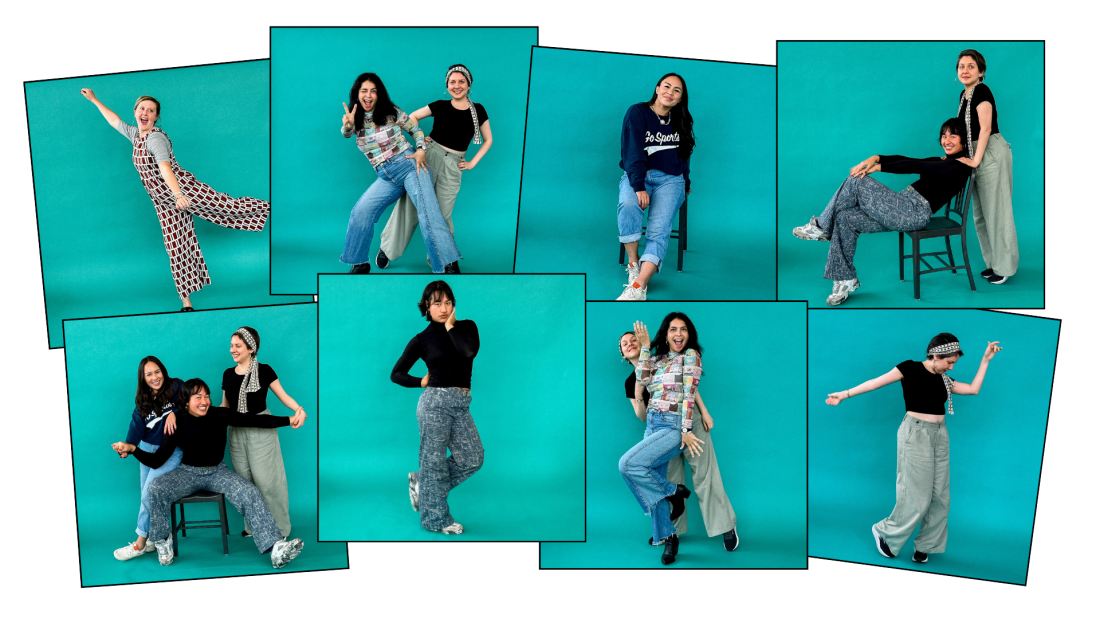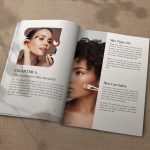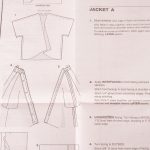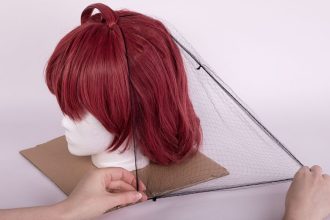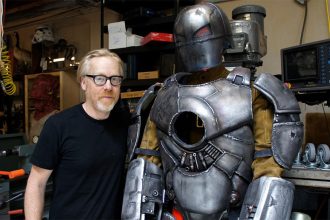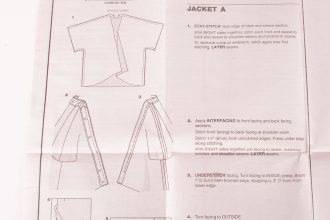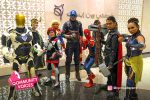Intro: The Importance of Character Posing
A great costume deserves a great pose, and mastering the art of character embodiment through posing is one of the most impactful ways to elevate your cosplay from simple costume-wearing to true character portrayal. While crafting skills and attention to detail are essential for creating impressive costumes, the ability to physically embody your character through movement, expression, and posing is what brings those costumes to life and creates memorable, shareable photos.
Many cosplayers focus heavily on the construction aspects of their costumes while neglecting the performance elements that make those costumes truly shine in photographs. However, understanding how to pose effectively for your character can transform good cosplay photos into stunning visual storytelling that captures both the character’s essence and your interpretation of their personality.
Study Your Source: Understanding Character Fundamentals
Effective character posing begins with deep observation and analysis of your source material. Whether you’re cosplaying a character from anime, comics, video games, or films, understanding their fundamental characteristics, personality traits, and physical mannerisms is essential for creating poses that authentically represent them.
- Key promotional artwork and official character illustrations
- Screenshots from animated series or films
- Video game renders and promotional materials
- Fan art that captures the character’s essence
- Behind-the-scenes photos or cosplay references
- Posture and spinal alignment (straight vs. curved, rigid vs. relaxed)
- Head and neck positioning (tilted, upright, forward-leaning)
- Arm and hand placement (crossed, open, gesturing)
- Weight distribution (balanced vs. shifted, forward vs. back)
- Facial expression patterns and eye direction
The “Action” Shot: Creating Movement While Standing Still
One of the most challenging aspects of cosplay photography is conveying a sense of movement and action while remaining stationary for the camera. Mastering techniques for creating dynamic, action-oriented poses without actual movement is a valuable skill that can transform static cosplay photos into compelling visual narratives.
- Leading with the shoulder or hip in the direction of intended movement
- Creating diagonal lines through the body rather than straight vertical alignment
- Contrasting tension and relaxation in different body parts
- Using negative space to imply continuation of movement
- Positioning limbs to suggest the completion of an action
- Focused concentration with narrowed eyes and set jaw
- Determination with direct eye contact and firm mouth
- Surprise with widened eyes and open mouth
- Intensity with furrowed brow and tensed facial muscles
- Confidence with relaxed but alert expression
Facial Expressions: Conveying Character Through Your Features
The face is often the most expressive part of any cosplay, serving as the primary vehicle for conveying character emotions and personality. Developing your ability to create and maintain character-appropriate facial expressions can dramatically enhance the impact of your cosplay photos and help you connect more deeply with your character portrayal.
- Study reference materials to identify key expressions
- Practice each expression in front of a mirror
- Refine expressions to work with your natural features
- Combine expressions for complex emotional states
- Practice transitioning between expressions smoothly
- Contouring to change face shape and create shadows
- Eyebrow modification with makeup or prosthetics
- Temporary tattoo transfers for character markings
- Contact lenses for eye color or shape changes
- Prosthetic nose or ear modifications
Working with Photographers: Communication and Collaboration
While your posing skills are essential, working effectively with photographers can elevate your cosplay photos to professional levels. Understanding how to communicate your vision, respond to direction, and collaborate with photographers ensures that your character portrayal translates effectively through the lens.
- Reference images showing desired poses and expressions
- Description of character personality and key traits
- Specific shots you want to recreate or approximate
- Information about costume details that should be highlighted
- Preferences for lighting and background styles
- Listening carefully to photographer suggestions and reasoning
- Asking questions when direction isn’t clear
- Explaining character constraints when poses don’t fit
- Offering alternatives that maintain character authenticity
- Providing feedback on what’s working and what isn’t
Conclusion: Practice Makes Perfect Character Portrayal
Mastering character posing is a skill that develops over time through practice, observation, and experimentation. The cosplayers who most successfully embody their characters are those who invest time in studying reference materials, practicing poses in front of mirrors, and seeking feedback from both photographers and fellow cosplayers.
Don’t be discouraged if your early posing attempts don’t achieve the dramatic impact you’re aiming for. Even professional actors spend years developing their physical expression skills, and cosplay character embodiment is no different. Focus on gradual improvement and celebrate small victories as you develop your ability to bring characters to life through your physical presence.
Consider attending one of our community’s posing workshops, where experienced cosplayers share techniques for character embodiment and provide feedback on individual approaches. These sessions offer valuable opportunities to practice posing in a supportive environment while learning from others’ interpretations and techniques.
Remember that posing is just one element of effective cosplay performance – combining physical embodiment with confidence, attention to character detail, and genuine enthusiasm for your chosen character creates the complete package that makes cosplay truly special. Your dedication to authentic character portrayal through posing not only improves your own cosplay experience but also enhances the enjoyment of photographers, fans, and fellow cosplayers who interact with your work.
Most importantly, have fun with the process of character exploration through posing. Each pose is an opportunity to connect more deeply with your character and discover new aspects of their personality and presence. This exploration often leads to insights about the character that enhance all aspects of your cosplay, from costume details to performance choices to interactions with other fans.
